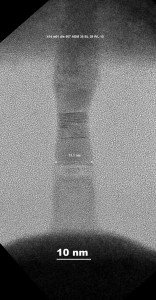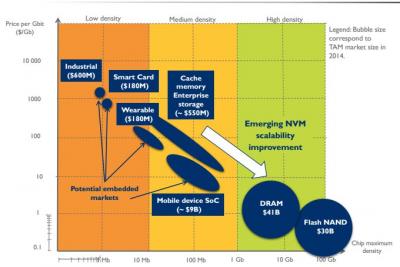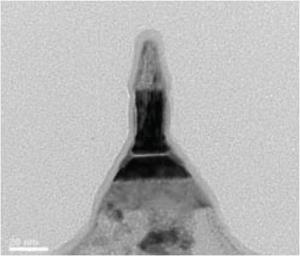Samsung Foundry to start offering STT-MRAM by 2019
 Back in July 2016 (yes, we missed that one, but better late than never), Samsung Foundry's business development chief Kelvin Low said that the company is set to offer STT-MRAM on its 28nm FDSOI manufacturing process by the end of 2018.
Back in July 2016 (yes, we missed that one, but better late than never), Samsung Foundry's business development chief Kelvin Low said that the company is set to offer STT-MRAM on its 28nm FDSOI manufacturing process by the end of 2018.
To be more precise, the STT-MRAM in 2018 will be on a not-finalized process (what Samsung calls Risk Production Phase) - and real volume production will only begin in 2019. Samsung will be pushing its eFlash 28nm production before STT-MRAM will be available - but the company expects MRAM to be a favorite in the long term.






